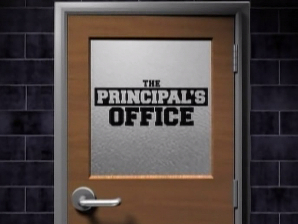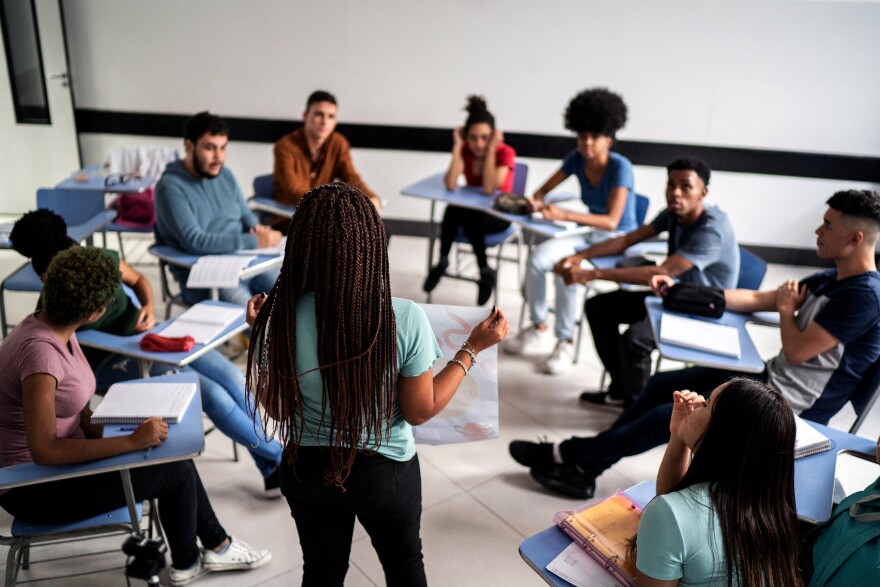Across the state, Black and Latino Studies classes have been mandated into the Connecticut school curriculum in hopes of creating a more diverse and inclusive community. The class allows students to gain knowledge of different cultures and grasp new perspectives of history. While many positives have come from this course, there remains a dark side that haunts teachers and students.
Course arrival to DHS
Six years ago, Julian Shafer, a DHS history teacher and advisor for the Black Lives Matter club, worked alongside members of the Black Lives Matter club as well as the Latino club to create a petition. Together, they formed a petition asking the school administration to offer a race and ethnicity studies course at DHS. At the time, the department head and district curriculum coordinator, Kara Casimiro,who now serves as DPS Superintendent, thought it was a great idea, and wanted to approve the course based upon the students’ request. A Race and Ethnicities studies class was implemented at DHS for about two years, covering the history of issues like race and racism. After a few years had passed, students from around the state met with state legislators to make the case for why a statewide course on Race and Ethnicity studies should be in schools. This was mostly “students in the Connecticut black and brown Student Union, Connecticut Students for a Dream, and a coalition of other student organizations,” Shafer says. The result of those efforts lead to the creation of the Black and Latino studies class. Shafer explains how after the law was passed, students in the Race and Ethnicities Studies class at DHS at the time “did have a hand in speaking to some of the people who wrote the curriculum for the Black and Latino studies course” and attended workshops to give input on what they thought should’ve been put in the course.
Challenges faced due to the class being in schools
Schools across the state have faced multiple challenges while incorporating Black and Latino studies into their curriculum. Thankfully, DHS is fortunate to have such a wonderful support system for these kinds of classes, but in other places, this is not always the case. From other districts in Connecticut, there have been some challenging exchanges between parents and community members against the Board of Ed. who don’t want this content taught in schools. Not only does this affect the students, but also some teachers. Some Connecticut teachers don’t feel protected teaching this course because it can include controversial content that does make certain people question the information being taught and potentially the teacher. While it is unfortunate that some people don’t want this course in the curriculum, there are bigger issues including federal challenges. The Government can’t really legally tell school districts they can’t teach this course but the Trump administration is saying that any school that is teaching classes that embrace DEI and different cultures and races is at risk of losing federal funding. Shafer states, “The inclusion of this course in high schools across the state puts us at some degree of risk of losing federal funding,” which takes up about 10.5% of Danbury’s funding. The Trump administration also has opened up an End DEI Portal. Through this portal, anyone can submit a complaint or a suspicion of DEI going on or being encouraged in schools. This, in theory, could launch an investigation on the teacher, putting jobs on the line, federally as well.
Why should this class stay in the curriculum?
The inclusion of Black and Latino studies is essential for cultural awareness and enhancing the educational experiences of cultures throughout historic backgrounds. This course provides students with a deeper understanding of the diverse backgrounds that show in our community, promoting respect for different perspectives on different cultures. In addition , this course also offers a comprehensive view of historical events from these communities, giving some teachers who share some of the same cultural background an opportunity to also showcase their heritage. This class staying in DHS’s Curriculum may empower students to engage in social justice issues. These studies also encourage critical thinking about different races, identify structures, and societal structures.
























